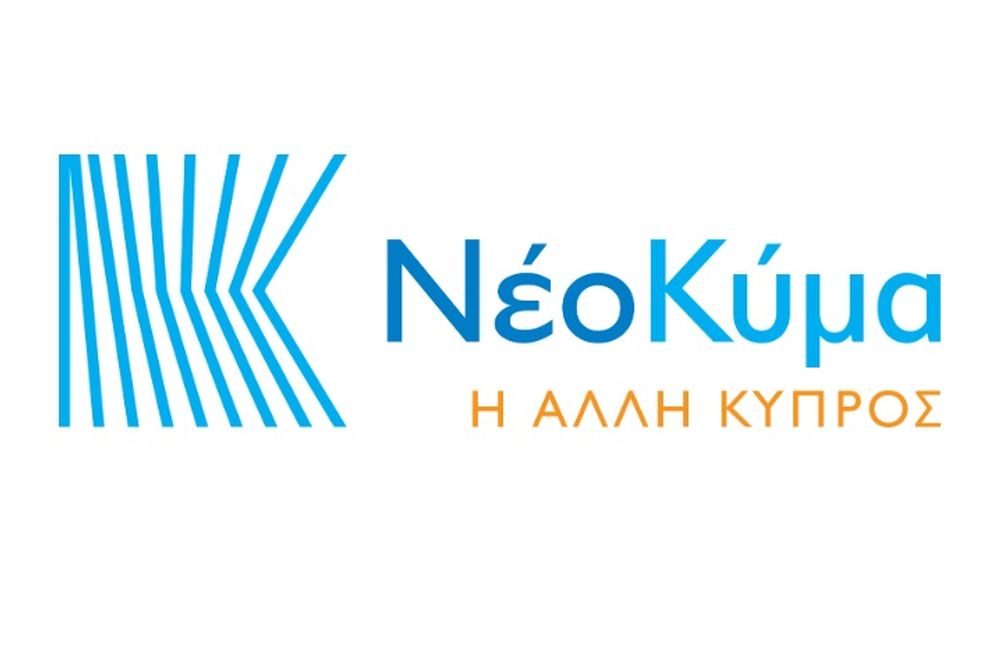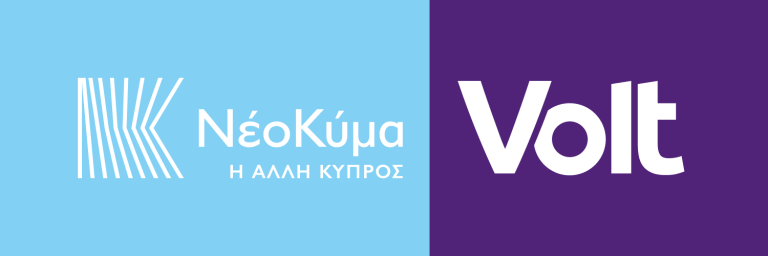
Congratulations to the Organizers and Partners of the Cyprus Forum, an annual conference that will be held for the first time in Nicosia next month. The Cyprus Forum is a new initiative that aspires to become a lever and catalyst for change, by applying a holistic, multi-stakeholder, evidence-based policy making. The basic aim is to promote a more sustainable future for Cyprus and the wider Easter Mediterranean region by developing innovative solutions to key public policy issues. The present article outlines my contribution to this timely dialogue.
The current Covid-19 pandemic will change the world, like the fall of the Berlin Wall and the 9/11 terror attack. In addition to its immediate impact on individuals’ health and countries’ health care systems, coronavirus has revealed the fragility of the global public health system. Many international institutions have proven ineffective during the pandemic. The pandemic poses a threat to nations’ political stability as people question governments’ responses to the crisis. Public-private partnerships will be vital to securing a robust post-pandemic economy and restoring trust in governments.
Defeating the virus is of paramount importance as a prolonged pandemic risks worsening the global economic downturn and giving rise to additional strategic shocks. The Covid-19 pandemic –as well as governmental and societal responses to it– feed into, feed off and trigger preexisting local, national and global patterns of inequality and exclusion. Even after a vaccine is potentially delivered, the distribution process globally may take years.
Covid-19 has shown what resilience in cities is. The question is what to do to mitigate impacts, and what we do next to build real resilience in our cities to future system shocks. This may vary according to the local context but there are plenty of common denominators as to what we have to do: 1. Keep our cities moving – resilient transportation. 2. Keep our cities thriving – resilient economy. 3. Keep our cities working – resilient operations. 4. Keep our cities connected – resilient services.
Resilience includes planning for a natural disaster on top of a pandemic response. Hurricanes, earthquakes, wildfires, floods, and winter storms not only impact the energy system, but affect already stressed medical and transportation systems. All energy providers now face risks of supply chain disruption, reduced investment due to uncertain demand, and lack of incentives and long-term policies to support their business models. This brings challenges as well as opportunities for accelerated change, as the energy industry that emerges from the crisis will be much more different. Three broad expectations are emerging in the regard: 1. Be robust and self-sufficient. 2. Be innovative. 3. Be holistically sustainable.
Education systems were not built to deal with extended shutdowns like those imposed by the Covid-19 pandemic. New evidence shows that the shutdowns caused by Covid-19 could exacerbate existing achievement gaps. While greater use of technology in education may be inevitable, technology will never replace a great teacher. In fact, a single teacher can change a student’s trajectory. In the digital era, educators need to expand their understanding of what it means to be literate in the 21st century: not replacing traditional learning but complementing it.
The overarching goal is to mitigate the impact of Cocid-19 and recover from the crisis as soon as possible in the health, economic, governance and defense domains. These domains, whilst analytically distinct, are interconnected. For example, achieving the central goal in the domain of health –defeating the virus– is a necessary precondition for a full economic recovery. A revival of the global economy, in turn, will diminish the prospect of political instability and lead a recovery of global and regional security and diminish the prospect of armed conflict by restoring deterrence against revisionist actors. Hybrid threats encompass elements of asymmetry and unexpectedness. Hybrid warfare intentionally blurs this distinction between peacetime and wartime.
A bat flapping its wings in China has disrupted the global innovation landscape, causing millions of deaths and trillions of euros of losses in the world economy. We live in a world of non-linear change, black swans and perfect storms, and still, it seems that we think in a linear mode. The confluence of uncertainty, fluidity, complexity, volatility, asymmetries, hyper-connectivity, interdependencies, systemic risk, speed and a pandemic were underestimated. Nonlinearities cannot be tackled with linear models and static tools. We need asymmetric innovation strategies, dynamic tools and a multidimensional, multidisciplinary, multiscale approach to cope with grand challenges and stop the mass extinction of Homo sapiens.
Nassim Taleb in his book ‘The Black Swan – The Impact of the Highly Improbable’ notes that “Indeed, the notion of asymmetric outcomes is the central idea of this book: I will never get to know the unknown since, by definition, it is unknown. However, I can always guess how it might affect me, and I should base my decision around that […] This idea that in order to make a decision you need to focus on the consequences (which you can know) rather than the probability (which you can’t know) is the central idea of uncertainty […] As it happens, many rare events yield their structure to us: it is not easy to compute their probability, but it is easy to get a general idea about the possibility of their occurrence. We can turn these Black Swans into Grey Swans, so to speak, reducing their surprise effect.”
In his book ‘Antifragile, Things That Gain From Disorder’, Taleb underlines the importance of optionality as a way to achieve antifragility: “An option is what makes you antifragile and allows you to benefit from the positive side of uncertainty, without a corresponding serious harm from the negative side […] Let us call trial and error tinkering when it presents small errors and large gains […] The antifragile needs to select what’s best – the best option […] Trial and error… is not really random, rather, thanks to optionality, it requires some rationality. One needs to be intelligent in recognizing the favorable outcome and knowing what to disregard […] We can, from the trial that fails to deliver, figure out progressively where to go […] Innovation is precisely something that gains from uncertainty: and some people sit around waiting for uncertainty and using it as raw material, just like our ancestral hunters.”
Taleb summarizes his famous barbell (or bimodal) strategy as follows “I initially used the image of the barbell to describe a dual attitude of playing it safe in some areas (robust to negative Black Swans) and taking a lot of small risks in others (open to positive Black Swans), hence achieving antifragility […] But the barbell also results, because of its construction, in the reduction of downside risk – the elimination of the risk of ruin […] For antifragility is the combination of aggressiveness plus paranoia – clip your downside, protect yourself from extreme harm, and let the upside, the positive Black Swans, take care of itself.”
The structure of an innovation should be antifragile-by-design, capable of gaining from volatility, variability, randomness, uncertainty and time by minimizing exposure and harm from negative asymmetries and maximizing exposure and benefit from positive asymmetries (more upside than downside from volatility and randomness). The first step is the detection and removal of any fragilities (vulnerabilities) and the elimination of the risk of ruin. Positive Black Swans (opportunities) also have a necessary first step: you need to be exposed to them.
After many years of research, I developed a new dynamic Innovation Model which can help organizations discover and exploit valuable asymmetries to create exponential multiplicative results and benefits. This pioneering method is presented analytically in a 220-page practical Guide which, among other, includes more than 50 cross-cutting tools and creativity techniques which can be applied accordingly for modifying exposure to Black Swans. The aim is twofold: exploit favorable asymmetries (open to opportunities) and avoid unfavorable asymmetries (defensive against threats).
The new Innovation Paradigm can: a) Help Public Sector, Local Government, Businesses, Political Organizations, NGOs, Academia, Research Centers and the Armed Forces innovate much more effectively, b) maximize the impact –scientific, social, economic– of innovation and c) accelerate recovery from the Covid-19 induced recession. This powerful, versatile tool can be applied in all domains and at all levels, scales and sizes: National Innovation, Startups, Large Corporations, Circular Economy, Financial Resilience, Standardization, Nation Branding, National Security Strategy, European Programs (Recovery Plan, European Green Deal, Horizon Europe) etc.
*Nicos G. Sykas is Strategy, Communication and Innovation Consultant.


